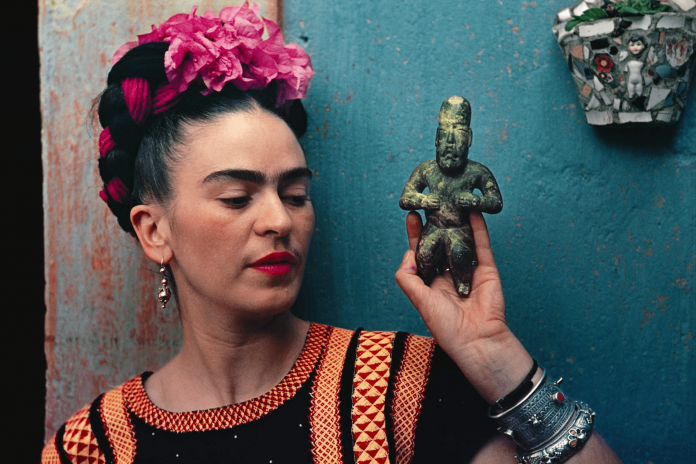Frida Kahlo was a Mexican artist. Inspired by the country’s history, she used a native national art as a way to search problems of identity, politics, rank, and race in culture. Her paintings usually had powerful autobiographical details and combined reality with fantasy.
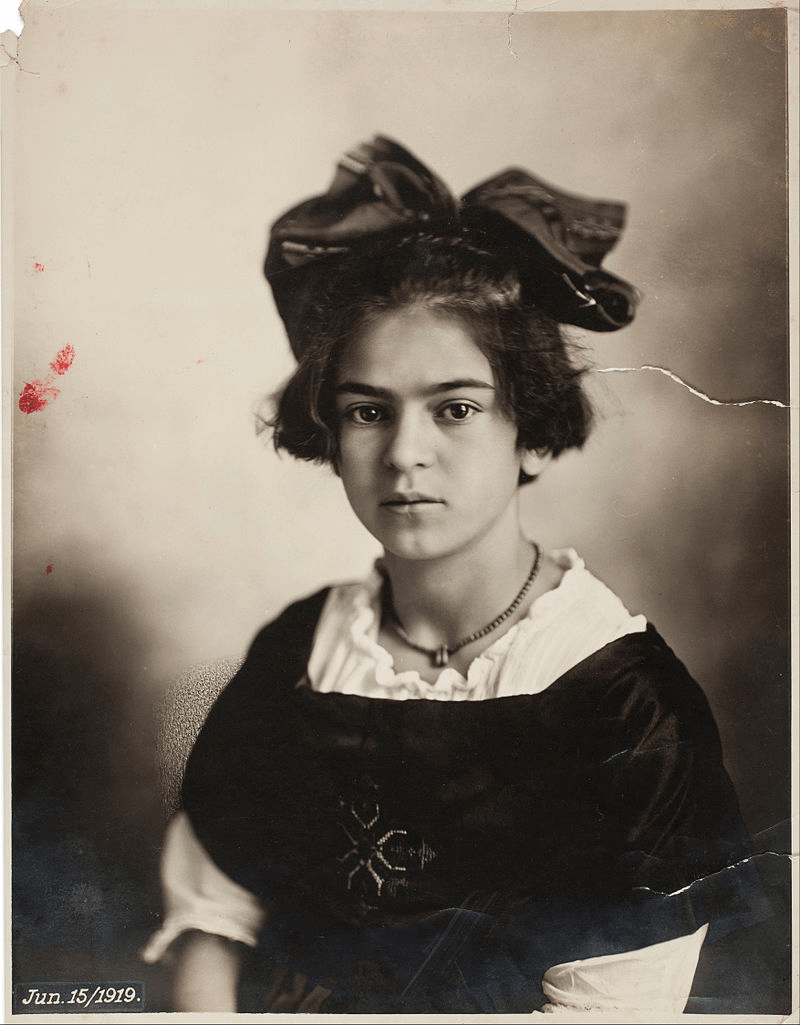
Kahlo liked art from her childhood, taking drawing guidance from printmaker Fernando Fernández and at the same time she started to draw her illustrations in the diaries.
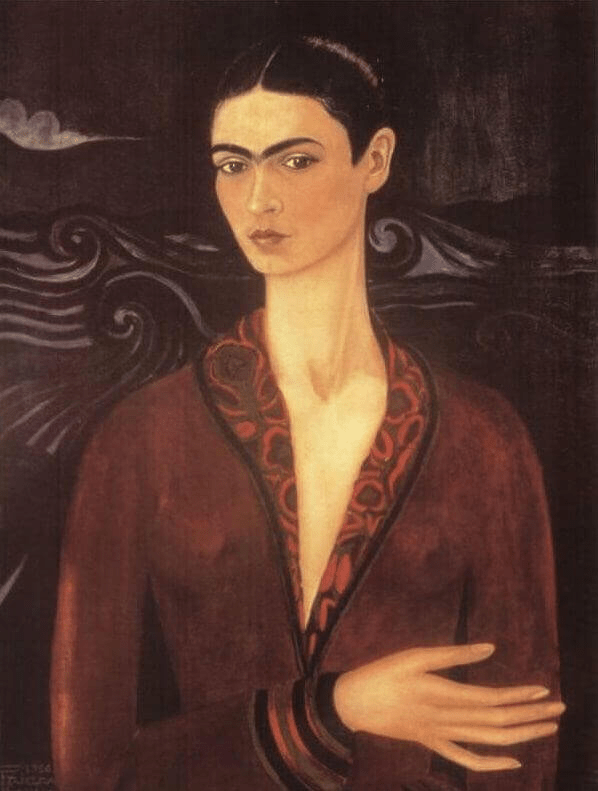
Kahlo’s first self-portrait was Self-Portrait in a Velvet Dress in 1926. It was drawn in the manner of 19th Century Mexican portrait painters who were hugely impressed by the European Renaissance masters.
Life experience is a general idea in Kahlo’s nearly 200 paintings and pictures. Her material and emotional discomfort are portrayed in paintings, as is her stormy relationship with her husband, artist Diego Rivera, who she married twice. Of her 143 pictures, 55 are self-portraits.
Several ladies artists have used their own appearance and clothes in their work as widely as Frida Kahlo. Frida used clothes as an aesthetic palette and her style of wearing as continuous with the self-portraits she created.
Kahlo, a feminist “icon with unibrow” once said: “I won’t control my self-expression to meet your waiting of how a woman should look.” That confusion of her features as a report denying stereotypes about what is and isn’t beautiful. The artist developed her visual character with the clothes and individual artifacts she used to show her aesthetic culture, kindness, and politics. Khalo used the eyebrow pencil to emphasize her unibrow. In the 40s, Kahlo always attracted attention of others and still seems progressive.
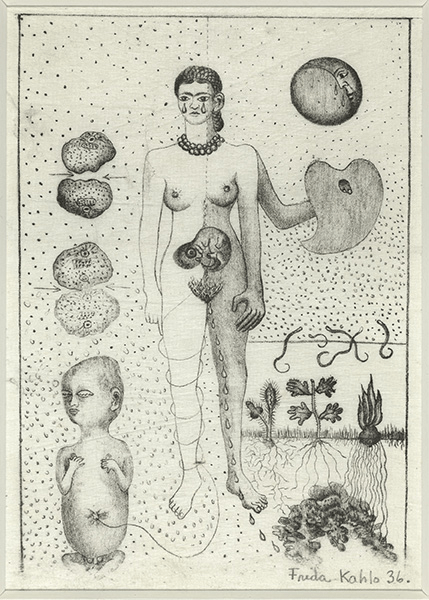
Frida turned into a “beautiful source of art”. She decorated her orthopedic corsets and footwear like canvases and represented her miscarriages as provocative ideas. She created personality as art, which is part of what has created her as an icon.
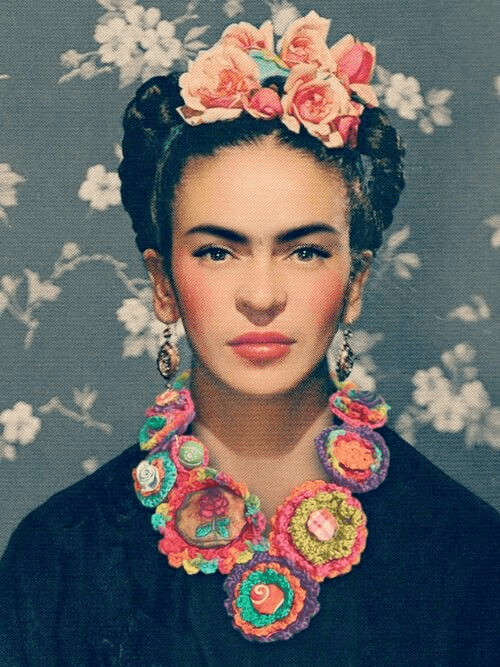
Kahlo’s unibrow is necessary because it’s exactly unique. Her appearance created a ray of light for women who feel uncertainty and shame by narrow social concepts around what’s ‘standard’. “I used to believe I was the strongest woman in the society”, wrote Kahlo in her diary. “But then I believed that so many people in the world, there must be someone exactly like me who feels strange and flawed in the same ways I do. I thought that she must be out there thinking of me too. So, I suppose that if you are out there and see this and understand that, yes, it’s true I’m here, and I’m just as strange as you.”






